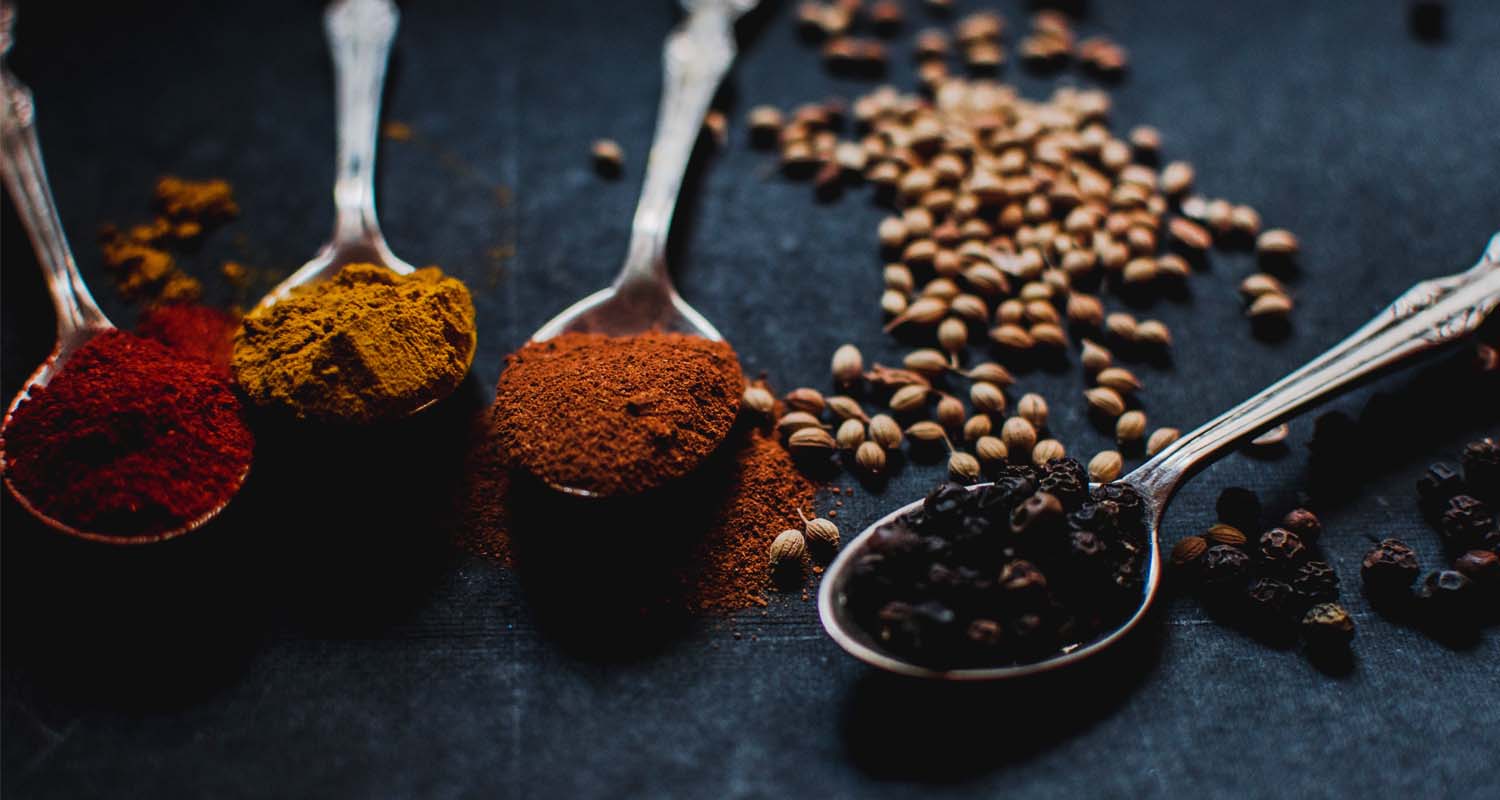You might want to switch off your Wifi connection after reading this. A recent paper[ref url=”https://www.sciencedirect.com/science/article/pii/S0013935118300355?via%3Dihub”] aggregating more than 20 studies found that repeated Wifi exposure could put you at physical and mental risk. These risks include: cellular death known as apoptosis; oxidative stress, which causes chronic disease like cancer; testes and sperm dysfunction; neuropsychiatric and psychological issues; negative impacts to cellular DNA; hormonal changes; and a rise in inflammatory calcium.
What are electromagnetic fields (EMFs)
Information about EMFs is confusing because, at their core, EMFs are simply invisible clouds of electricity. Each person possesses his or her own electromagnetic field. However, the challenge with EMFs arose when they became more plentiful in the environment. Think back ten years ago to the influx of wireless computers and cell phones. All of those EMFs assaulted your body and you had little time to adapt.
Most of the negative effects of EMFs are directly related to excess amounts of calcium in your cells. EMFs activate cellular pumps called voltage-gated calcium channels (VGCCs), which sit on the outer layer of your cells. When they are engaged, they allow an enormous influx of calcium into your cells – nearly 1 million calcium ions per second per VGCC. The excess intracellular calcium triggers a chain reaction causing the formation of peroxynitrites – dangerous oxidant stressors. Peroxynitrites then break down to form free radicals, putting you at risk of developing serious physical and psychological conditions.
How to limit your EMF exposure
I’ve been talking about the dangers of EMFs for a long time, and this affirms everything I’ve been saying. Recently, I invited Joseph Mercola, a physician and alternative medicine proponent, onto a Bulletproof Radio (iTunes) podcast to talk about how to reduce exposure. Here is the advice I recommended during our conversation:
- Ditch your microwave. Microwaves account for the vast majority of radiation people are exposed to. We both suggest buying a steam convection oven, which works just as rapidly and safely as a traditional microwave. Cuisinart makes a convenient and safe option.
- Keep phones and laptops off your body. Avoid keeping your phone in your back pocket or bra – these are the areas most at risk. If you must carry your device on you, switch it to airplane mode when you can.
- When talking on your phone, use earbuds. “Every manufacturer says to hold it at least an inch or two away, which is far too close still, but at least even they admit that,” says Mercola. “No one recommends you should hold it to your head.” Just as important, put your phone in airplane mode when you’re not talking. As for your laptop, place it on a tabletop rather than in your lap. As an extra precaution, you can buy an EMF blocking mat to place underneath your laptop.
- Use a computer Ethernet cable. Mercola says he turns the Wifi off in his own home and plugs into old-school Ethernet cables instead. Depending on your computer, you either have an ethernet port or you can purchase an adapter. Similarly, baby monitors and plug-in sound systems — virtually anything you used to connect using a cable — can still be connected with wires rather than wirelessly.
- Turn off your Wifi at night. Switch off your wireless router while you’re sleeping. This is an issue of practicality. You’re not using the internet while you’re asleep, so why subject your body to its perils.
For more of my tips, read How to protect yourself from EMFs.
 Spices and herbs are necessary to bring life, culture, and flavor into our food, and when used right, are potent tools to add to your health arsenal. They’re arranged below in order from the most beneficial to the most harmful.
Spices and herbs are necessary to bring life, culture, and flavor into our food, and when used right, are potent tools to add to your health arsenal. They’re arranged below in order from the most beneficial to the most harmful.












